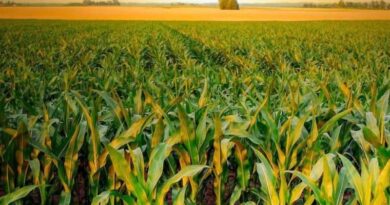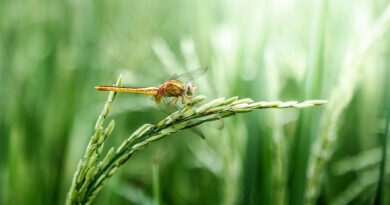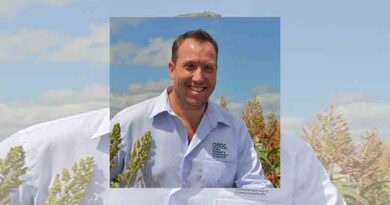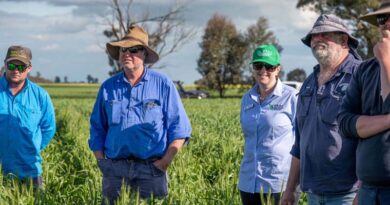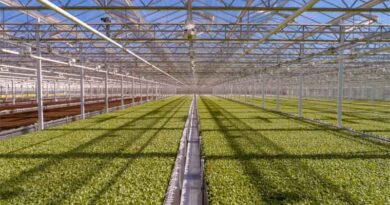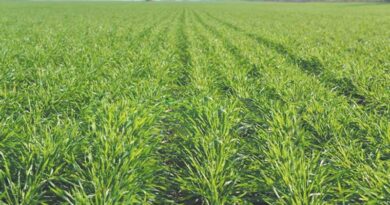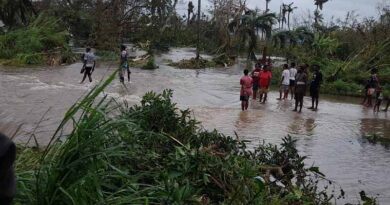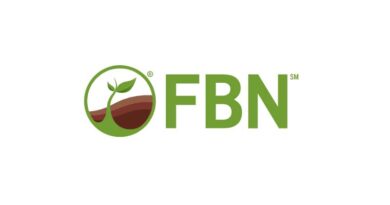Integrated cross commodity RD&E program to bolster Northern Australia’s cotton, grain, and cattle industries
25 May 2023, AU: A four-year research, development and extension (RD&E) program is poised to enhance the productivity and sustainability of the northern regions of Western Australia, Northern Territory, and Queensland.
The Grains Research & Development Corporation (GRDC) has joined forces with the Cotton Research Development Corporation (CRDC), the Cooperative Research Centre for Developing Northern Australia (CRCNA), universities, state governments and industry stakeholders to launch the innovative CRCNA Cotton Grain Cattle Program.
Comprising six interlinked projects, the program is designed to address pressing research gaps in the emerging broadacre regions of Northern Australia, while also boosting the value delivered to the cattle industry.
The program is based on an analysis undertaken by the CRCNA which highlighted the importance of integrated agricultural systems in Northern Australia. It revealed that the greatest RD&E investment value is achieved when cropping is coordinated with other activities, such as beef production.
By focusing on these key areas, the Cotton Grain Cattle Program is set to elevate the agricultural profile of Northern Australia, creating a robust and sustainable sector that will benefit the local economy. This initiative underlines GRDC and CRDC’s commitment to fostering collaboration and innovation across the grain and cotton industries.
GRDC and CRDC’s commitment to this program equates to a total investment of approximately $1 million each. This substantial investment signals a tangible and sustained commitment to the advancement of broadacre production in the region.
GRDC acknowledges cotton as the emerging pillar broadacre crop in Northern Australia and the importance of parallel investment in grains RD&E to complement and inform this growth, thereby ensuring the development of a long-term, sustainable farming system.
Despite the relative infancy of grain production in the region and the current infrastructure challenges, GRDC’s Senior Regional Manager – North, Gillian Meppem, is confident in the potential and value of this program.
“In addition to supporting this program in a way that is proportional with the current level of grain production in far Northern Australia, we have continued strong stakeholder liaison across Northern Australia to identify relevant grains RD&E need and investment opportunities,” Ms Meppem says.
“Through partnering with our fellow broadacre RDC and the CRCNA we have achieved a strongly integrated approach that will answer important grower-led research questions that support the specific needs of producers across the three regions of Northern Australia.
“The six linked projects are located across tropical North Queensland, Douglas Daly in the Northern Territory and the Ord region in Western Australia. This project also recognises the increasing importance of local cotton and grain production to optimise the Northern cattle industry and includes strong consideration of natural resource management and local communities”.
CRDC’s Senior Innovation Broker, Susan Maas, took a secondment from CRDC to assist CRCNA to develop the research program. She says the project aims to unlock the potential of the north’s agricultural capabilities while ensuring responsible resource management and environmental stewardship.
“This initiative represents a major step forward in building on past crop-specific northern research to support the establishment of a robust and sustainable farming system,” Ms Maas says.
“The project engages with local stakeholders and has ongoing local oversight: both essential components in ensuring the project delivers on the needs of northern growers and producers and contributes to the long-term growth and prosperity of the northern agricultural sector.
“There’s a huge interest in northern cropping and increasing demand for cotton seed and grains within the cattle industry. The program focuses on collaboration and regional impact and ensures we’re moving away from isolated research efforts to a cohesive farming system that benefits the entire region. CRDC is committed to the sustainable development of cotton in the north, underpinned by RD&E, the adoption of best practice and the meeting of community expectations: so, we’re pleased to be part of this body of work.”
Dr Joe Eyre, a Research Fellow at the Centre for Crop Science, part of the Queensland Alliance for Agriculture and Food Innovation (QAAFI) at the University of Queensland (UQ), is leading one of the six projects: Cotton, Grains, Cattle farming systems. He says that the program will aim to answer questions relevant to cotton-grains-cattle farming systems in North Queensland and provide stakeholders with the information they need to make informed decisions.
“Our research will help stakeholders identify best practices for pest and disease management, canopy management, and soil water capture and conservation in the North. We will also be exploring opportunities for increasing cropping system value and resilience, as well as the potential for on-farm produced feed sources to improve liveweight gain, intake, rumen function, and methane emission in cattle,” Dr Eyre says.
“Through whole farm level systems participatory research, we’ll examine the impact of extreme climate events on productivity and sustainability, as well as the level of climate information accuracy and timeliness required for economic value”.
The launch of the Cotton Grain Cattle Program is a significant milestone for Northern Australia’s agricultural industry. As it unfolds, it will drive economic growth and sustainability across the region, signifying a new era of agricultural innovation and collaboration.
The six projects across key northern regions to develop integrated agricultural systems are:
- Crops for Cattle to increase the efficiency of Northern Australian cattle production systems using local crops to improve dry season weight gain (NT)
- Fundamentals of cropping-systems that deliver sustainable growth of the agricultural sector (NT)
- Cropping enabled cattle production enabled by feed products from irrigated cropping (WA)
- Ord River Irrigation Area (ORIA) sustainable systems for diversification of ORIA cropping (WA)
- Extension capacity of cropping systems, enhancing to sustain growth (NQ)
- Cotton, Grains, Cattle farming systems (NQ)
Also Read: India becomes more prominent in the export of agrochemicals
(For Latest Agriculture News & Updates, follow Krishak Jagat on Google News)


